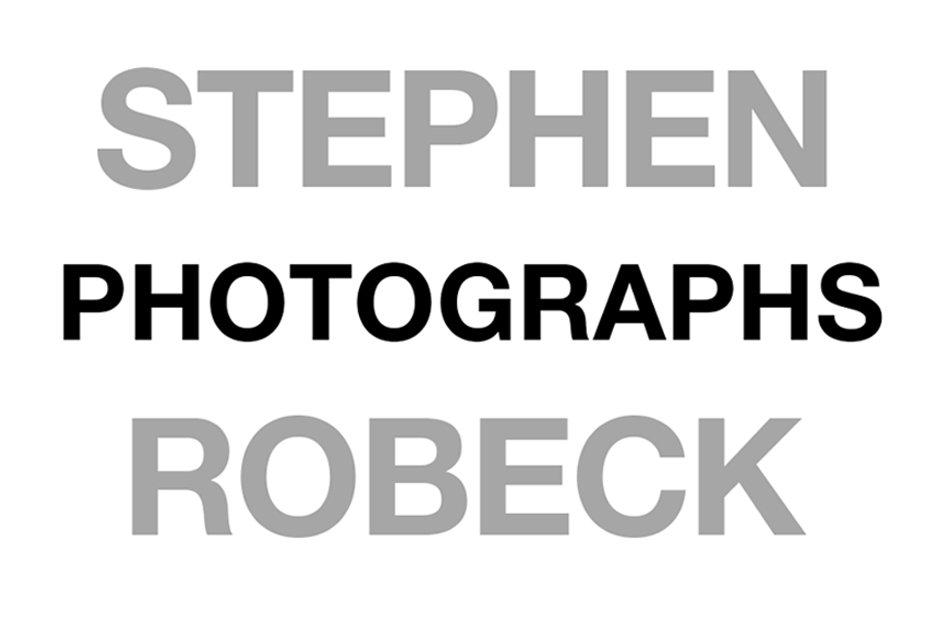Creative Motivation 1
Most photographs begin with an attraction to something visual (seeing), followed by the process of developing that captured vision into a finished image (craft). So every click of the shutter is an experiment, the beginning of a process; you never know for sure what the outcome will be. The camera records a version of what we see, but finished images succeed or fail in the darkroom, whether digital or analog. In my experience there are more disappointments than successes, so enjoying the work and the learning process is key.
My interest in photography and the kind of work I do has evolved over the years. But I think one constant has been that I enjoy working with the process, the interaction between creative ideas and the use of tools and techniques. When I was a kid, photography was a hobby that was just fun and a bit magical. The first time you see a print of anything begin to appear under the darkroom safelight, it’s a thrill, but there really wasn’t any creative ambition driving it. As I learned more about the craft and about the work of many other photographers, the two dynamics of creativity and technique became more inseparable as parts of the same process.
This is an old favorite, taken during my senior year in college. I went to a Halloween party with friends, and we were all costumed as ghoulish characters. One of the girls had painted her face with white acrylic, but when she started to peel it off she looked even more bizarre. So I grabbed my cheapo 35mm camera and took two snaps. When I first printed this image all those years ago it was very exciting, mostly because it was arresting and different.
A year or so later I lived with a friend in Ridgefield, CT. The house had most recently been a doctor’s residence and office so there was a perfect space for a darkroom. My friend and I were making ends meet by painting houses all week, but a favorite thing to do on Saturday was to put a roll of black-and-white film in the camera and spend the morning around the house or in the nearby woods taking pictures. Then I would go into the darkroom to develop and dry the roll of negatives. When that was done I would set up for printing with big trays of chemicals and make a contact sheet so I could look at thumbnails of all the images. Then I would spend hours working with the enlarger to see if I could come up with one or two decent prints. The fun was still the process more than the end product because the idea of exhibiting work in galleries was many years away. But the work with the camera and the results in the darkroom were more connected, partly through trial and error (a good teacher if you pay attention) and partly through creative intent.
These kinds of Saturdays were quickly eclipsed by the need to “retire” from house painting and find more sustaining employment. Along the way I did a fair amount of commercial photography where the process was quite different. The main objective, of course, was to come up with images that made a particular client happy, and to do this I had to learn more about color photography, lighting and composition. I learned a lot, but the images I worked to create were what someone else wanted, not necessarily what was interesting to me.

